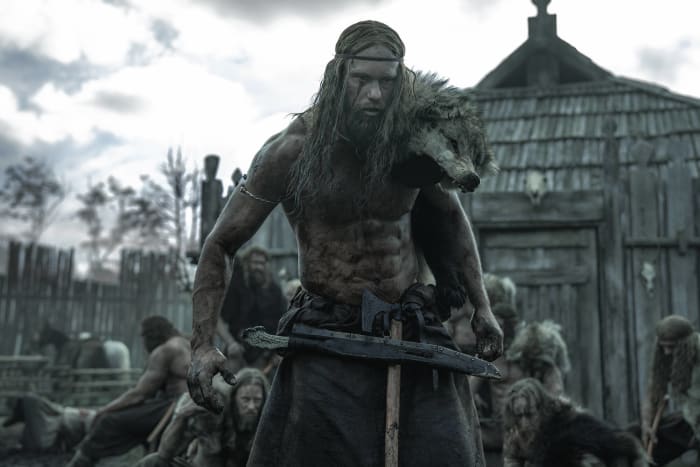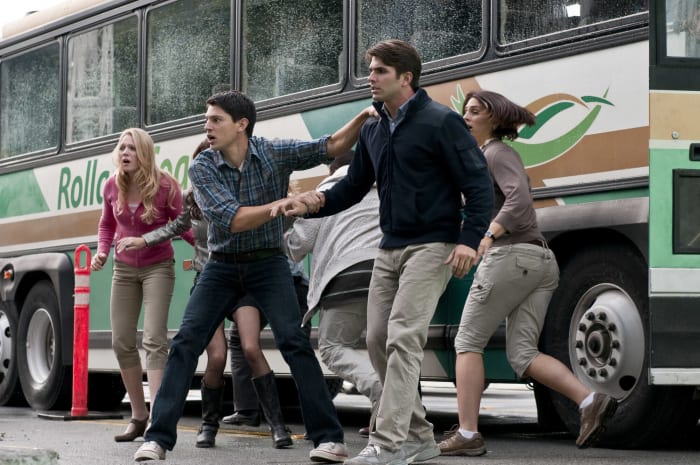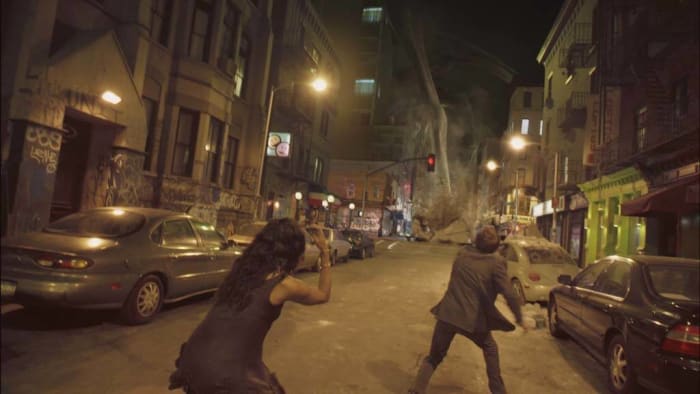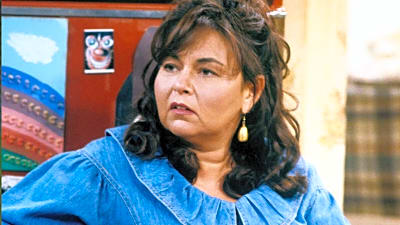x

Universal Studios
20 popular movies where just about no one survives at the end
Most narrative films rely on their characters to draw viewers in, giving them someone to root for. Perhaps this is why most movies, even horror films, end with at least one main character managing to survive. Every so often, however, a story comes along in which no one (or almost no one) makes it out alive, and even if they do, they are either physically dying or dead on the inside. Sometimes, these deaths are given some sort of larger transcendence, but they are just as frequently shown to be depressingly futile.
More must-reads:
- The 20 best albums from the 2020s
- The 10 best Sopranos episodes, ranked
- The 20 films we could watch over and over again
Customize Your Newsletter
 +
+
Get the latest news and rumors, customized to your favorite sports and teams. Emailed daily. Always free!



























